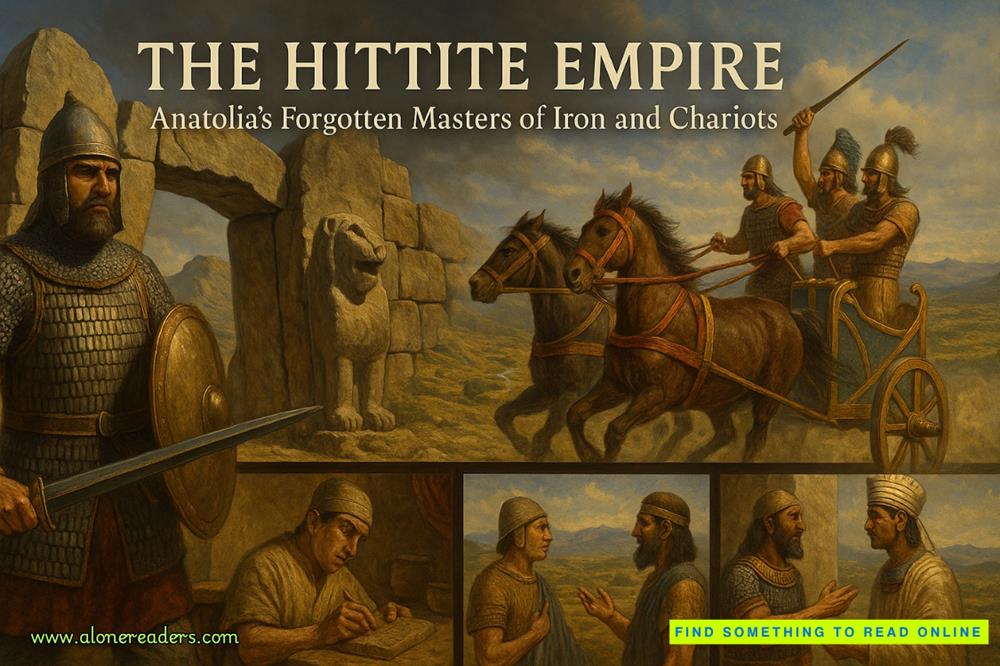Page 2 of The Henna Artist
What independencehadchanged was our people. You could see it in the way they stood, chests puffed, as if they could finally allow themselves to breathe. You saw it in the way they walked—purposefully, pridefully—to their temples. The way they haggled—more boldly than before—with the vendors in the bazaar.
Malik whistled for atonga. He was a small boy, thin as a reed. His whistle, loud enough to be heard as far away as Bombay, always took me by surprise. He lifted our heavy tiffins into the horse carriage, and thetonga-wallabegrudgingly took us the short five blocks to the Singh estate. The gateman watched as we stepped off thetonga.
Before independence, most Jaipur families lived in cramped family compounds inside the old Pink City. But generations of Singhs had always lived on an expansive estate outside the city walls. They were from the ruling class—rajas and minor princes, commissioned army officers—long used to privilege before, during and even after British rule. The Singh estate was on a wide boulevard lined withpeepaltrees. Eight-foot-high walls spiked with glass shards protected the two-story mansion from view. A marble veranda, overhung with bougainvillea and jasmine vines, extended along the front and sides of each story, and cooled the house in summer, when Jaipur could get as hot as a tandoori oven.
After the Singhs’chowkidarhad witnessed our arrival bytonga, we unloaded our cargo. Malik stayed behind to gossip with the gateman while I walked down the paved stone path flanked by a wide manicured lawn and up the stone steps to Parvati Singh’s veranda.
On this November afternoon, the air was crisp but humid. Lala, Parvati Singh’s longest-serving help and nanny to her sons, greeted me at the door. She pulled her sari over her hair as a sign of respect.
I smiled and brought my hands together in anamaste. “Have you been using the magnolia oil, Lala?” On my last visit, I had slipped her a bottle of my remedy for calloused soles.
She hid a smile behind herpalluas she thrust one bare foot forward and twisted it around to show off her smooth heel.“Hahn-ji,”she laughed lightly.
“Shabash,”I congratulated her. “And how is your niece?” Lala had brought her fifteen-year-old niece to work at the Singh household six months ago.
The old woman’s brow creased and her smile disappeared. But as she opened her mouth to answer, her mistress called from inside. “Lakshmi, is that you?”
Quickly, Lala rearranged her features, smiled tightly and indicated with a tilt of her head:she’s fine. Turning toward the kitchen, she left me to find my own way to Parvati’s bedroom, where I had been many times before.
Parvati was at her rosewood desk. She checked her slim gold wristwatch before returning to the letter she was writing. A stickler for punctuality, she hated tardiness in others. I, however, was used to waiting while she dashed off a note to Nehrujior finished a phone call with a member of the Indo-Soviet League.
I set down my tiffins and arranged the cushions on Parvati’s cream silk divan while she sealed her letter and called for Lala.
Instead of the old servant, Lala’s niece appeared. She kept her large, dark eyes on the floor and her hands clasped in front of her.
Parvati’s eyebrows gathered in a frown. She considered the girl and, after the briefest of pauses, said, “There will be a guest for lunch. Make sure we haveboondi raita.”
The girl blanched and looked as if she might be sick. “There’s no fresh yogurt, MemSahib.”
“Why not?”
The girl shifted uneasily. Her eyes searched for an answer in the Turkish carpet, the framed photo of the prime minister, the mirrored cocktail cabinet.
When Parvati spoke, her words were glass, clear and sharp. “Make sure there isboondi raitafor lunch.”
The girl’s lower lip trembled. She looked imploringly at me.
I moved to the windows overlooking the back garden. Parvati was my mistress, too, and I could no more help the girl than could the tiger skin mounted on the wall.
“Today, have Lala bring the tea.” Parvati dismissed the girl and eased herself onto the divan. Now I could begin her henna. I took my customary seat on the other end of the chaise and took her hands in mine.
Before I came to Jaipur, my ladies relied on women of the Shudra caste to henna their hands and feet. But the low-caste Shudra women painted what their mothers had before them: simple dots, dashes, triangles. Just enough to earn their meager income. My patterns were more intricate; they told stories of the women I served. My henna paste was finer and silkier than the mixture the Shudra women used. I took care to rub a lemon and sugar lotion into my ladies’ skin before applying the henna so the imprint would last for weeks. The darker the henna, the more a woman was loved by her husband—or so my clients believed—and my rich, cinnamon designs never disappointed. Over time, my clients had come to believe that my henna could bring wayward husbands back to their beds or coax a baby from their wombs. Because of this, I could name a price ten times higher than the Shudra women. And receive it.
Even Parvati credited her younger son’s birth to my henna skills. She had been my first client in Jaipur. When she conceived, I saw the pages of my appointment book fill up with the ladies of her acquaintance—the elite of Jaipur.
Now, as the henna on her hands was drying and I began drawing on her feet, Parvati bent forward to observe until our heads were almost touching, her breath sweet with the scent of betel nut. Her warm sigh grazed my cheek. “You tell me you’ve never been outside India, but I’ve only seen this fig leaf in Istanbul.”
My breath caught and, for an instant, the old fear came over me. On Parvati’s feet, I had drawn the leaves of the Turkish fig tree—so different from its Rajasthani cousin, the banyan, the miserly fruit of which was fit only for birds. On her soles, intended for a husband’s eyes alone, I was painting a large fig, plump and sensual, split in half.
I smiled as I met her eyes and pressed her shoulder back, gently, onto the cushions of the divan. Arching a brow, I said, “Is that what your husband will notice? That the figs are Turkish?”
I pulled a mirror from my satchel, and held it to the arch of her right foot so she could see the tiny wasp I’d painted next to the fig. “Your husband surely knows that every fig requires a special wasp to fertilize the flower deep inside.”
Her brows rose in surprise. Her lips, stained a deep plum, parted. She laughed, a lusty roar that shook the divan. Parvati was a handsome woman with shapely eyes and a generous mouth, the top lip plumper than the bottom. Her jewel-colored saris, like the fuchsia silk she wore today, brightened her complexion.
She wiped the corners of her eyes with the end of her sari. “Shabash, Lakshmi!” she said. “Always on the days you’ve done my henna, Samir can’t stay away from my bed.” Her voice carried the hint of an afternoon spent on cool cotton sheets, her husband’s thighs warm against hers.
With an effort, I banished the image from my mind. “As it should be,” I murmured before resuming my work on her arch, a sensitive spot on most women. But she was used to my ministrations and managed never to shake my reed.















